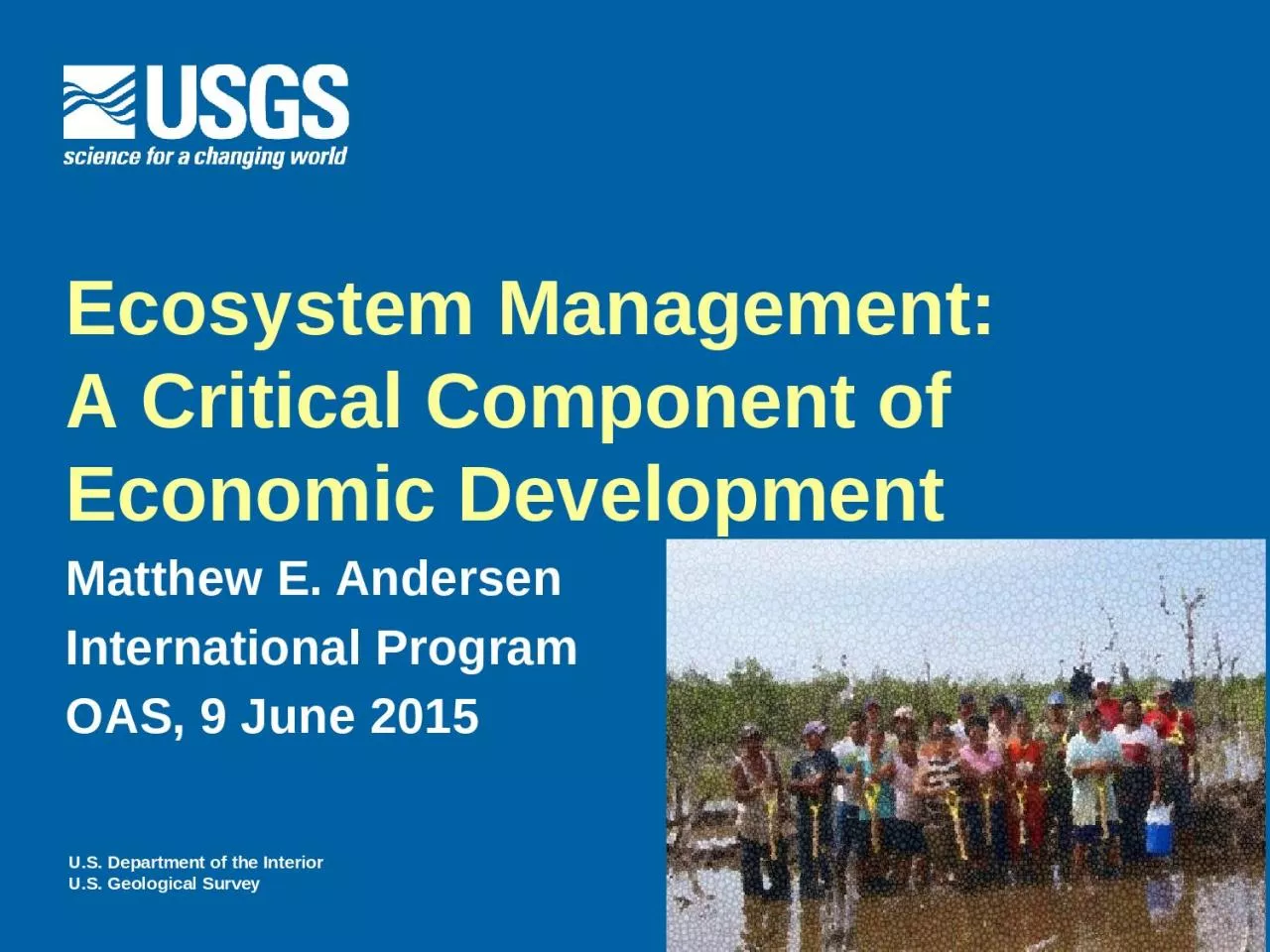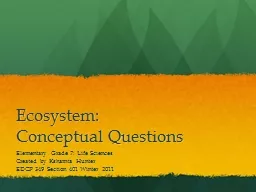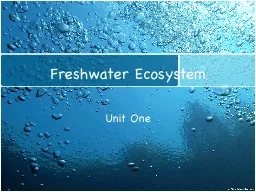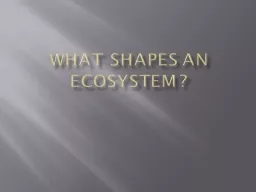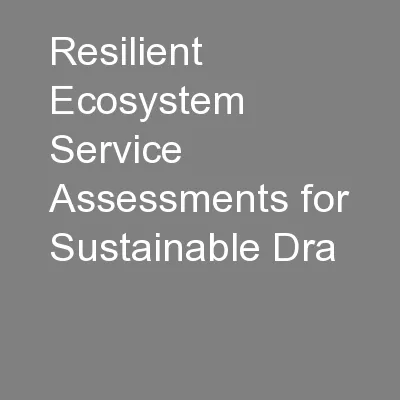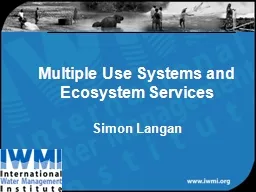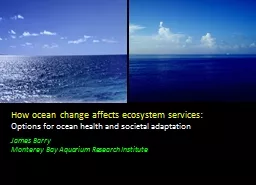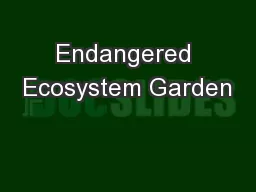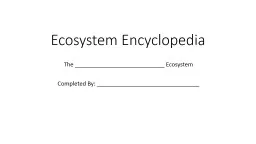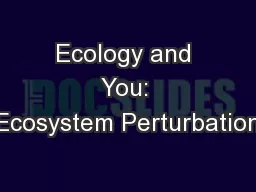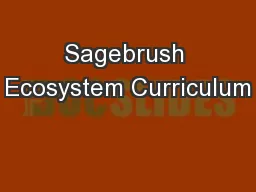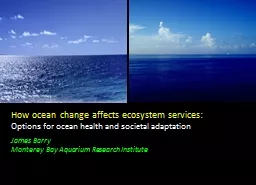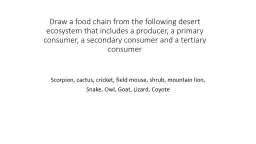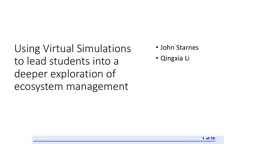PPT-Ecosystem Management: A
Author : della | Published Date : 2023-10-28
Critical Component of Economic Development Matthew E Andersen International Program OAS 9 June 2015 Examples from the Americas Large Marine Ecosystems Clean Production
Presentation Embed Code
Download Presentation
Download Presentation The PPT/PDF document "Ecosystem Management: A" is the property of its rightful owner. Permission is granted to download and print the materials on this website for personal, non-commercial use only, and to display it on your personal computer provided you do not modify the materials and that you retain all copyright notices contained in the materials. By downloading content from our website, you accept the terms of this agreement.
Ecosystem Management: A: Transcript
Download Rules Of Document
"Ecosystem Management: A"The content belongs to its owner. You may download and print it for personal use, without modification, and keep all copyright notices. By downloading, you agree to these terms.
Related Documents

